Blog & News
Filters
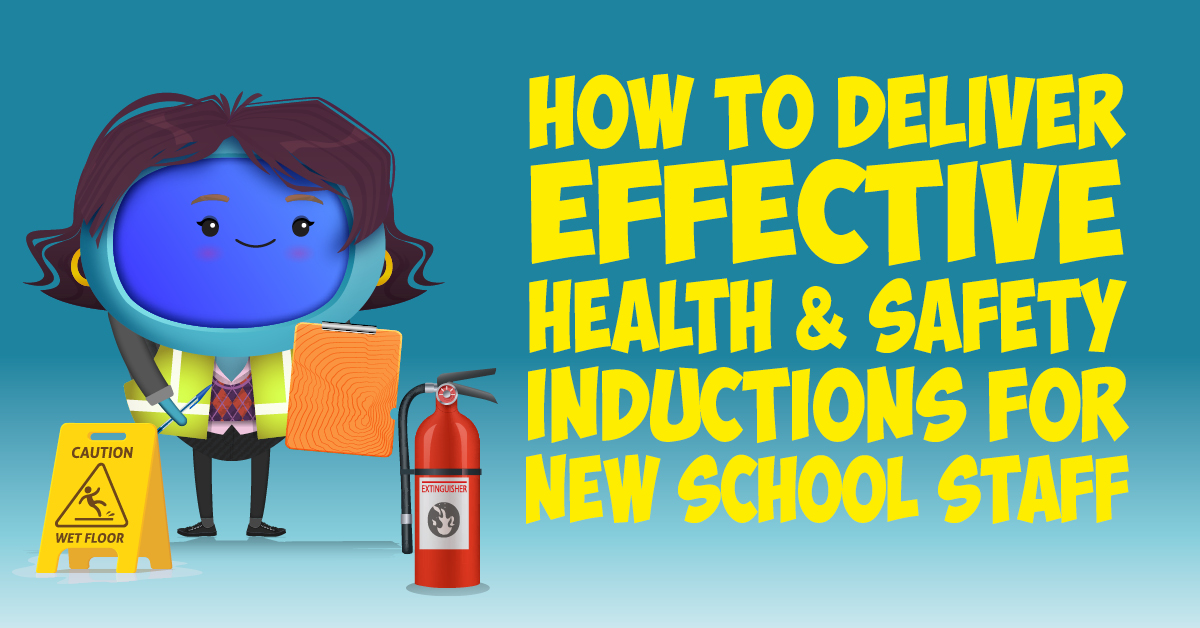
Health and Safety Training for Schools with iAM Compliant
29 September, 2025
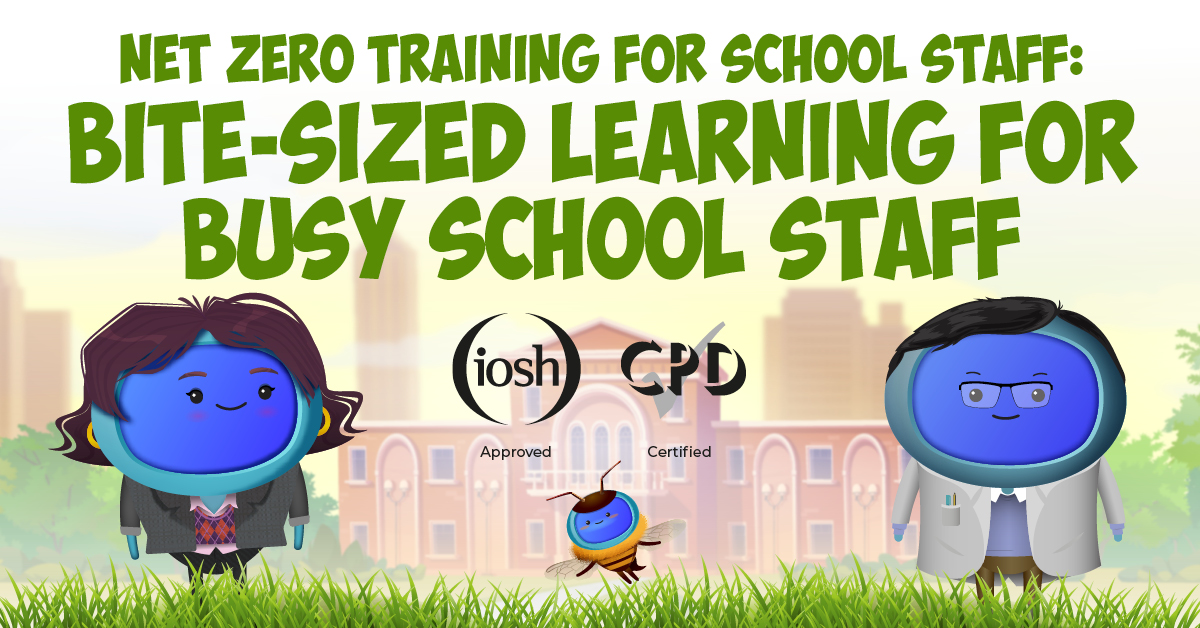
Net Zero Training for School Staff | Bite-Sized Courses
29 September, 2025

Grants for Schools UK: What to Apply For & Where to Invest
24 July, 2025

Why Proactive Maintenance Planning Matters: Building a Smarter School Maintenance Strategy
11 July, 2025
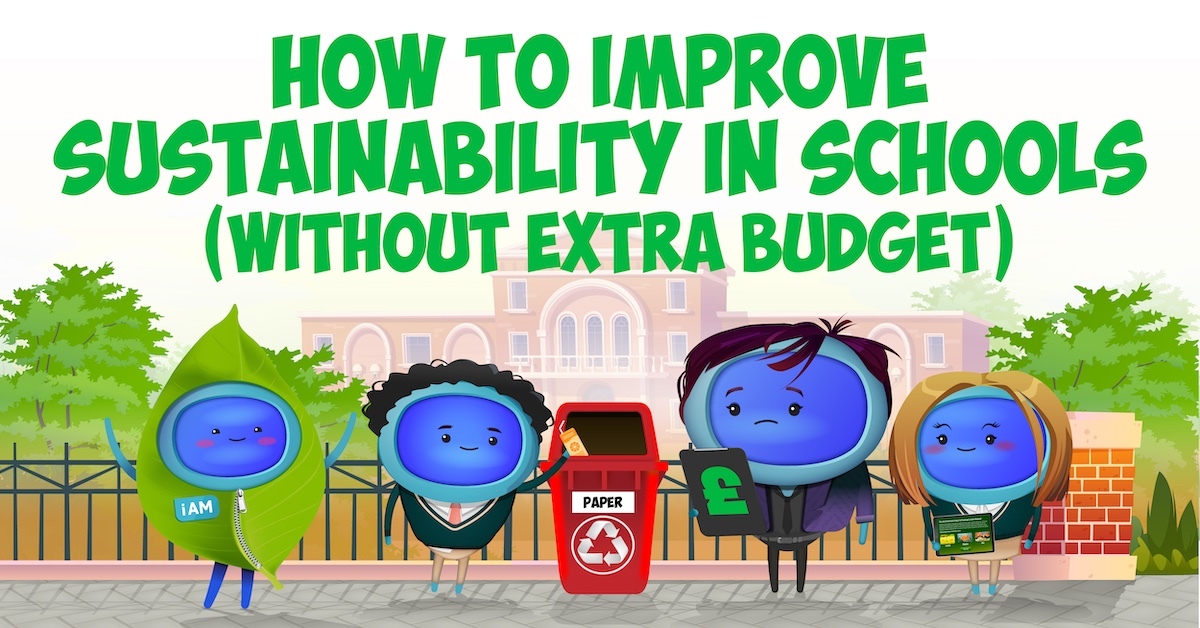
Low Cost Sustainability Ideas for Schools: How to Meet DfE Net Zero Targets Without Busting Your Budget
13 June, 2025

How Teaching Sustainability Helps Schools Supports Your Compliance and Helps You Meet DfE Climate Goals
4 June, 2025
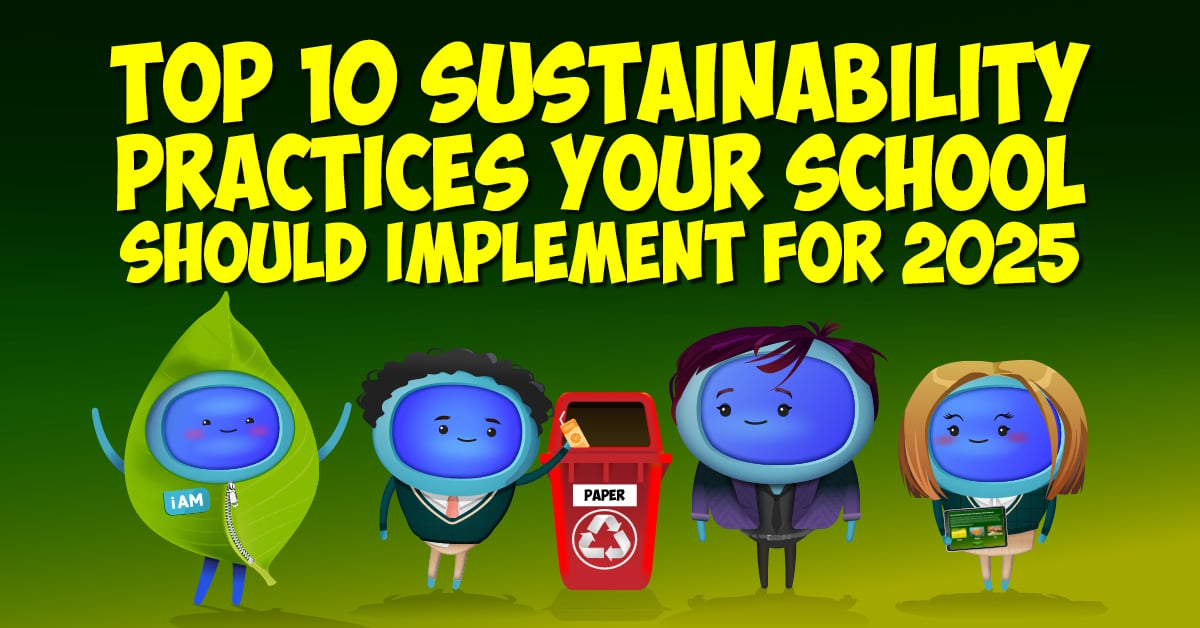
10 Sustainability Practices to include in your School's Climate Action Plan
20 May, 2025
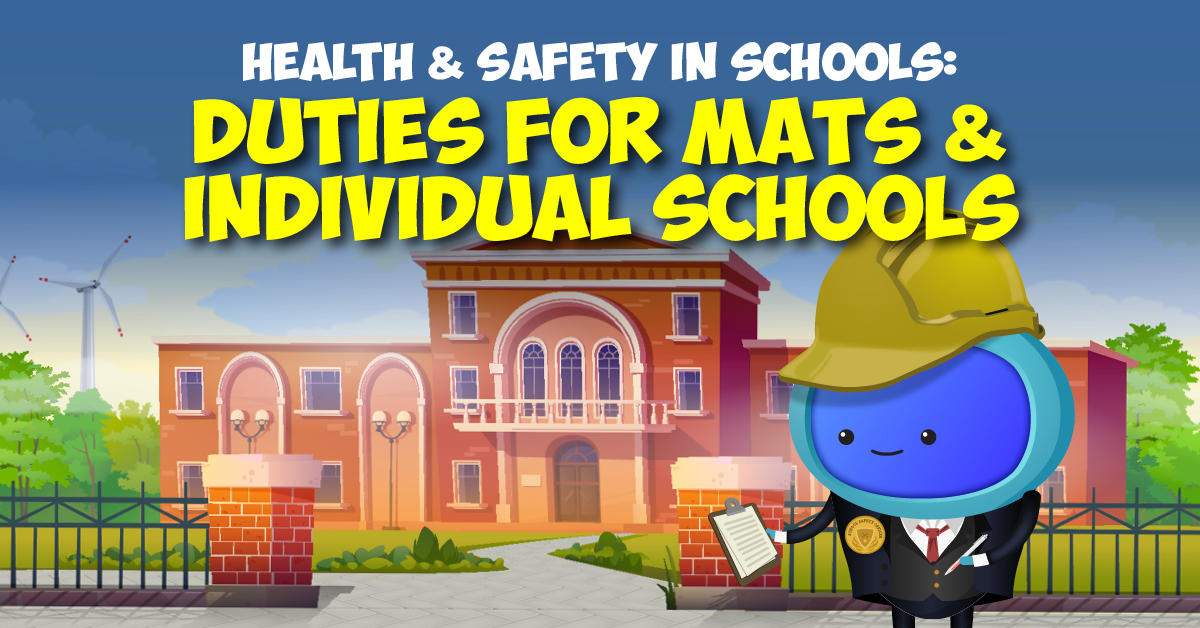
Health and Safety in Schools: Duties for MATS & Individual Schools
8 May, 2025
